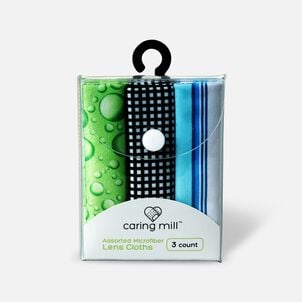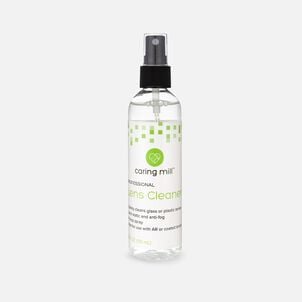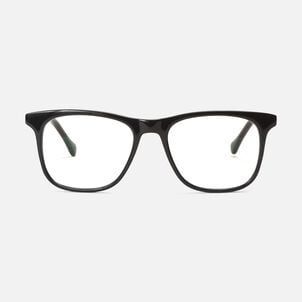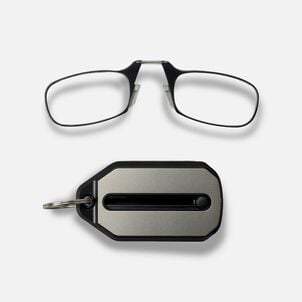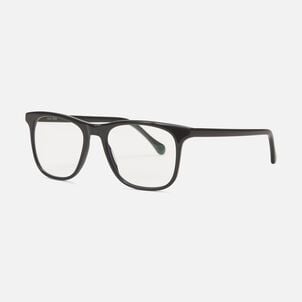The Complete FSA Eligibility List
Here it is — the most-comprehensive eligibility list available on the web. From A to Z, items and services deemed eligible for tax-free spending with your Flexible Spending Account (FSA), Health Savings Account (HSA), Health Reimbursement Arrangement (HRA) and more will be here, complete with details and requirements. Important Reminder: FSAs, HRAs and other account types listed may not all be the same. Be sure to check with your administrator to confirm if something is eligible before making a purchase.
Here it is — the most-comprehensive eligibility list available on the web. From A to Z, items and services deemed eligible for tax-free spending with your Flexible Spending Account (FSA), Health Savings Account (HSA), Health Reimbursement Arrangement (HRA) and more will be here, complete with details and requirements. Important Reminder: FSAs, HRAs and other account types listed may not all be the same. Be sure to check with your administrator to confirm if something is eligible before making a purchase.
Reading Glasses: FSA Eligibility
Reading Glasses: eligible with a Flexible Spending Account (FSA)FSA Eligible Eye Care
Eligible expenses for Limited FSAs can vary. To find out exactly what your Limited FSA covers, contact your FSA administrator.
What are reading glasses?
Reading eyeglasses are designed to treat presbyopia, which is a condition that most adults experience once they reach the age of 35 to 45. Presbyopia is caused by a decrease elasticity in the eye's lens that makes objects difficult to see from close range. These eyeglasses come in generic strengths to improve the wearer's vision when reading. Standard reading eyeglasses are only designed to view objects at close range, which is why bifocals are commonly used to shift between short range and distance vision. Reading eyeglasses are not designed to correct vision problems, and unlike prescription eyeglasses, are not designed for full-time use (AllAboutVision.com).
There are two primary types of reading glasses that individuals with vision problems can consider to improve their visual acuity when reading. These include:
- Full Frames: These frames are designed for individuals who spend long periods of time concentrating on reading materials and other activities close-up. However, when the wearer looks up and looks across the room, the rest of the room will appear blurry. The entire lens of full frame glasses features the same prescription at any portion of the lens and should only be used when reading. In most cases, individuals who have never needed glasses will start with this type of reading glasses, as nearsightedness is typically the first type of vision problem people experience with age.
- Half-Frames: These are the classic "Ben Franklin-style bifocals" that allow individuals to look down into a lower portion of the lens to read, while being able to look up and over this portion of the lens to see from a distance. While they are certainly useful for individuals with nearsightedness, they are the ideal option for those who have short- and long-distance vision issues.



